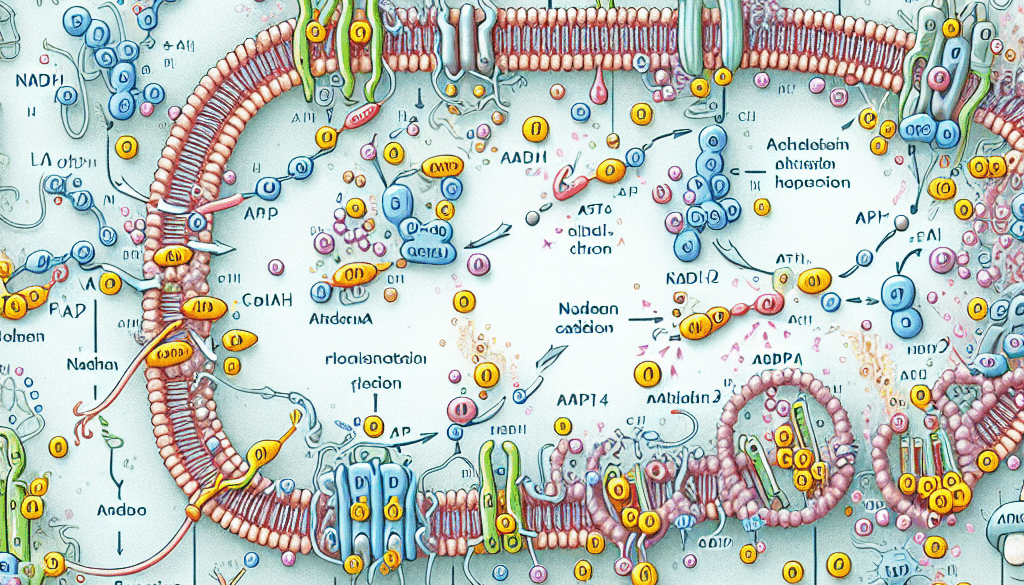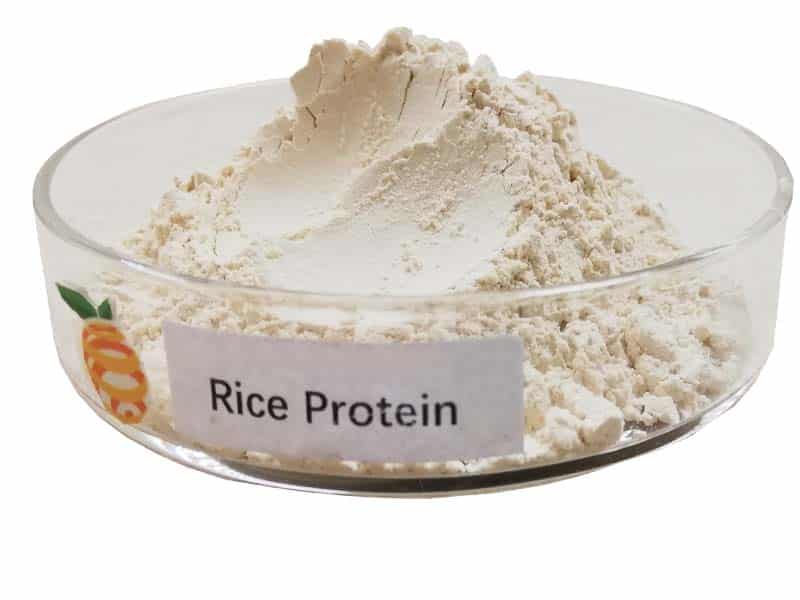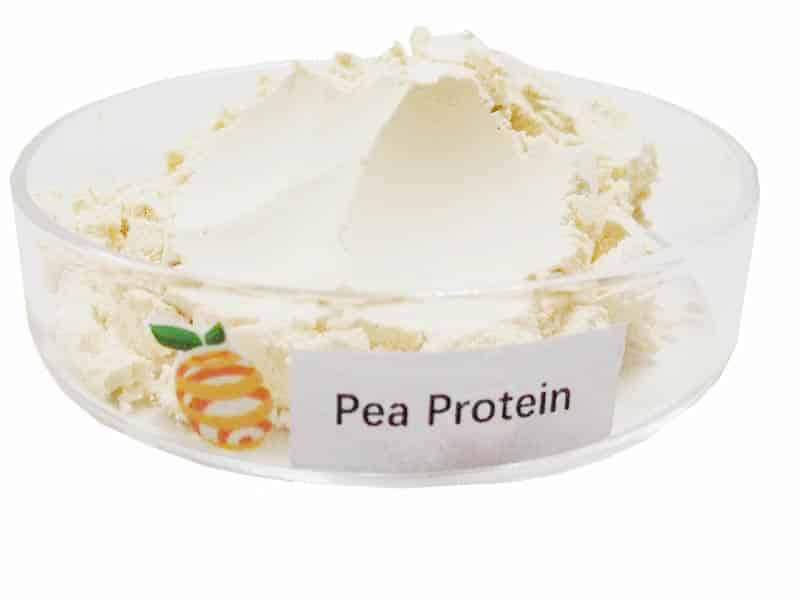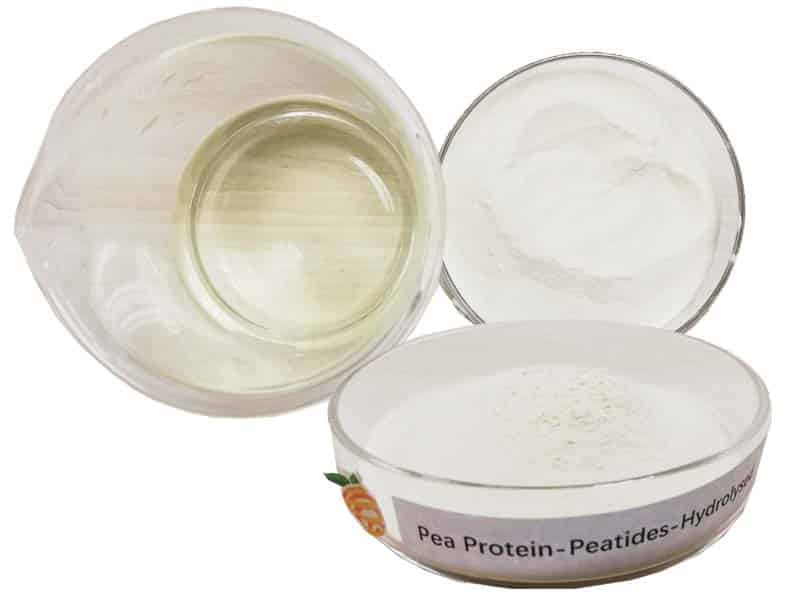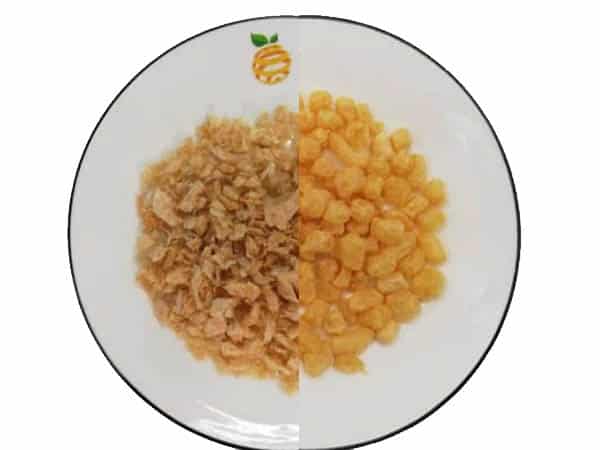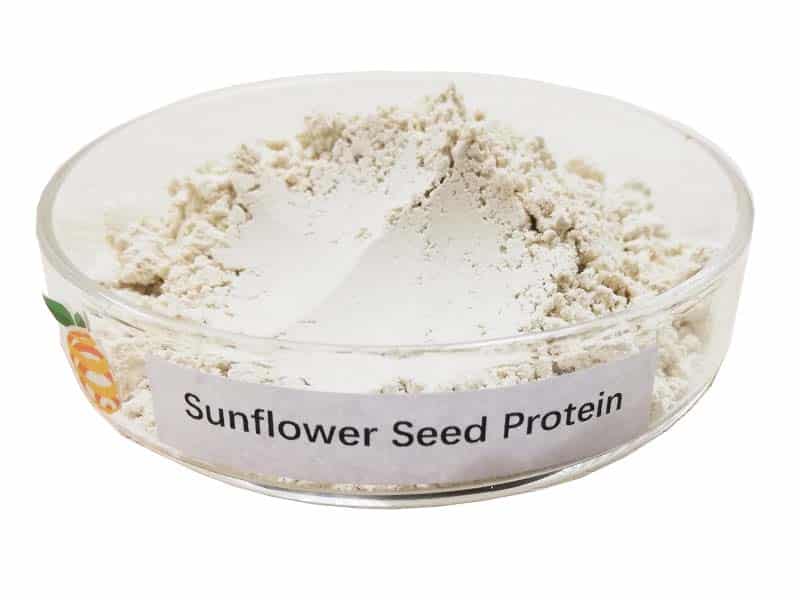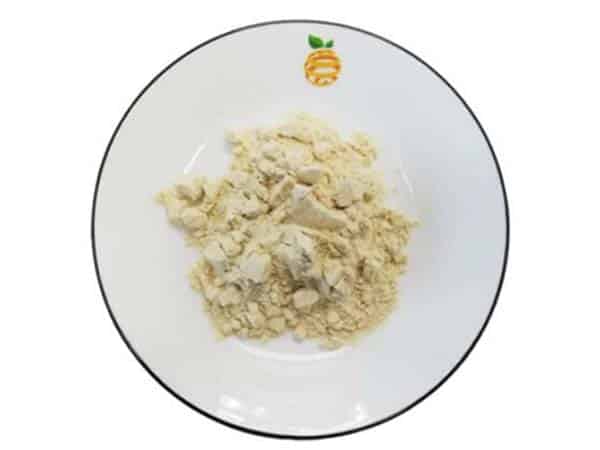NADH and FADH2: Roles in Electron Transport
-
Table of Contents
- NADH and FADH2: Essential Players in Electron Transport
- Introduction to Cellular Respiration
- Understanding NADH and FADH2
- Role of NADH and FADH2 in the Electron Transport Chain
- Electron Donation and Transport
- Proton Gradient and ATP Synthesis
- Comparative Impact of NADH and FADH2
- Biological Significance and Clinical Implications
- Conclusion: The Central Role of NADH and FADH2 in Energy Metabolism
- Explore ETprotein’s High-Quality Protein Products
NADH and FADH2: Essential Players in Electron Transport
Introduction to Cellular Respiration
Cellular respiration is a vital process in which cells convert nutrients into energy, a task primarily accomplished within the mitochondria, the powerhouse of the cell. This process is crucial for the survival of almost all forms of life. At the heart of cellular respiration is the electron transport chain (ETC), where the majority of energy is produced. NADH and FADH2 play pivotal roles in this complex biochemical pathway.
Understanding NADH and FADH2
NADH (Nicotinamide Adenine Dinucleotide) and FADH2 (Flavin Adenine Dinucleotide) are essential coenzymes involved in cellular respiration. They act as electron carriers, transporting electrons derived from the breakdown of food molecules like glucose. Here’s how they function within the electron transport chain:
- NADH: It is produced during glycolysis and the Krebs cycle. NADH carries electrons to the electron transport chain, where it donates these electrons to complex I, initiating the chain of redox reactions that lead to ATP production.
- FADH2: This coenzyme is primarily formed during the Krebs cycle. Unlike NADH, FADH2 donates electrons to complex II of the electron transport chain. Although it contributes to fewer ATP molecules than NADH, it is crucial for the complete oxidation of glucose.
Role of NADH and FADH2 in the Electron Transport Chain
The electron transport chain is located in the inner membrane of the mitochondrion and is composed of a series of protein complexes and electron carriers. The primary function of NADH and FADH2 in the ETC is to donate electrons, which are passed through a series of reactions that ultimately generate ATP, the cell’s energy currency.
Electron Donation and Transport
NADH and FADH2 donate electrons to the ETC, which are then sequentially transferred through complexes I to IV. Each transfer is coupled with the pumping of protons across the mitochondrial membrane, creating a proton gradient.
Proton Gradient and ATP Synthesis
The proton gradient created by electron transport drives the synthesis of ATP via ATP synthase. This process, known as oxidative phosphorylation, is where the energy from NADH and FADH2 is converted into usable ATP.
Comparative Impact of NADH and FADH2
While both NADH and FADH2 are crucial for ATP production, they differ in their efficiency and the amount of ATP they generate:
- NADH: Generates approximately 2.5 ATP molecules per molecule oxidized.
- FADH2: Produces about 1.5 ATP molecules per molecule oxidized, due to its later entry into the electron transport chain and lower energy state.
Biological Significance and Clinical Implications
The efficient functioning of NADH and FADH2 is not only crucial for energy production but also for overall health. Dysfunctions in their pathways are linked to various diseases, including neurodegenerative diseases and cancer. Understanding these coenzymes’ roles offers potential pathways for therapeutic interventions.
Conclusion: The Central Role of NADH and FADH2 in Energy Metabolism
In summary, NADH and FADH2 are indispensable to the electron transport chain, facilitating the transfer of electrons and the generation of ATP. Their role is fundamental to the metabolic processes that sustain cellular functions and life itself. By harnessing the power of these coenzymes, cells efficiently convert chemical energy from nutrients into a form that powers countless cellular processes.
Explore ETprotein’s High-Quality Protein Products
For those interested in optimizing health and nutritional intake, ETprotein offers a range of superior protein products. Their extensive lineup, including organic and clear protein options from various sources, ensures high-quality, GMO-free supplements ideal for a variety of applications. Whether for personal health, sports nutrition, or other needs, ETprotein’s products represent the pinnacle of protein supplementation.
ETprotein is NADH Factory Manufacturer and Supplier in China, Check further information by visiting the NADH Product Page
Request Quotation and Samples of NADH from ETprotein
About ETprotein
ETprotein, a reputable protein and elite nutrition ingredients NADH Chinese factory manufacturer and supplier, is renowned for producing, stocking, exporting, and delivering the highest quality organic bulk vegan proteins and elite nutritional ingredients NADH. They include Organic rice protein, clear rice protein, pea protein, clear pea protein, watermelon seed protein, pumpkin seed protein, sunflower seed protein, mung bean protein, peanut protein. Their offerings, characterized by a neutral taste, non-GMO, allergen-free attributes, cater to a diverse range of industries. They serve nutraceutical, pharmaceutical, cosmeceutical, veterinary, as well as food and beverage finished product distributors, traders, and manufacturers across Europe, USA, Canada, Australia, Thailand, Japan, Korea, Brazil, and Chile, among others.
ETprotein specialization includes exporting and delivering tailor-made protein powder and finished nutritional supplements. Their extensive product range covers sectors like Food and Beverage, Sports Nutrition, Weight Management, Dietary Supplements, Health and Wellness Products, and Infant Formula, ensuring comprehensive solutions to meet all your protein needs.
As a trusted company by leading global food and beverage brands and Fortune 500 companies, ETprotein reinforces China’s reputation in the global arena. For more information or to sample their products, please contact them and email sales(at)ETprotein.com today.

